From the Colombian jungle, a rare look at the young rebels fighting the government
Although the rebel group FARC signed a peace treaty with Colombia in 2016 and gave up its weapons last summer, the guerrillas known as the National Liberation Army continue to prepare for more armed rebellion.
Experts estimate the group, known by its Spanish initials as ELN, has 1,000 to 3,000 members. Politically, it preaches a blend of Marxism and liberation theology.
The ELN did not participate in the peace talks between the Marxist-Leninist FARC — the Revolutionary Armed Forces of Colombia — and the government of President Juan Manuel Santos. The peace pact announced in November 2016 ended more than five decades of rebellion that left 220,000 people dead and 7 million displaced.
One ELN training camp in the western state of Choco offers a glimpse of the lives of guerrillas, and photographer Lena Mucha recently spent time with them at the camp and at a nearby village. The group often appeals to the young. Indeed, many residents of the camp are teenagers or in their 20s. Giovanny, 21, says he joined the group when he was 14. Like others interviewed, he declined to give his full name because the rebels are still considered outlaws by the government.
A three-month truce between Bogota and the ELN expired in January and the rebels promptly resumed acts of violence, bombing oil pipelines and killing members of the Colombian army. ELN leaders later declared a temporary truce for the presidential election. ELN and government officials are discussing whether to resume peace talks, but it’s unclear what will happen when the truce expires June 17.
Some people are drawn to the ELN by its political ideology. But for others, it presents an opportunity — a way to flee impoverished communities or escape domestic violence. Others say being in the ELN gives meaning to their lives.
“I would like to have studied and to do something else,” says Kalinche, a 34-year-old guerrilla. “But now, which option do I have? I only know how to fight.”
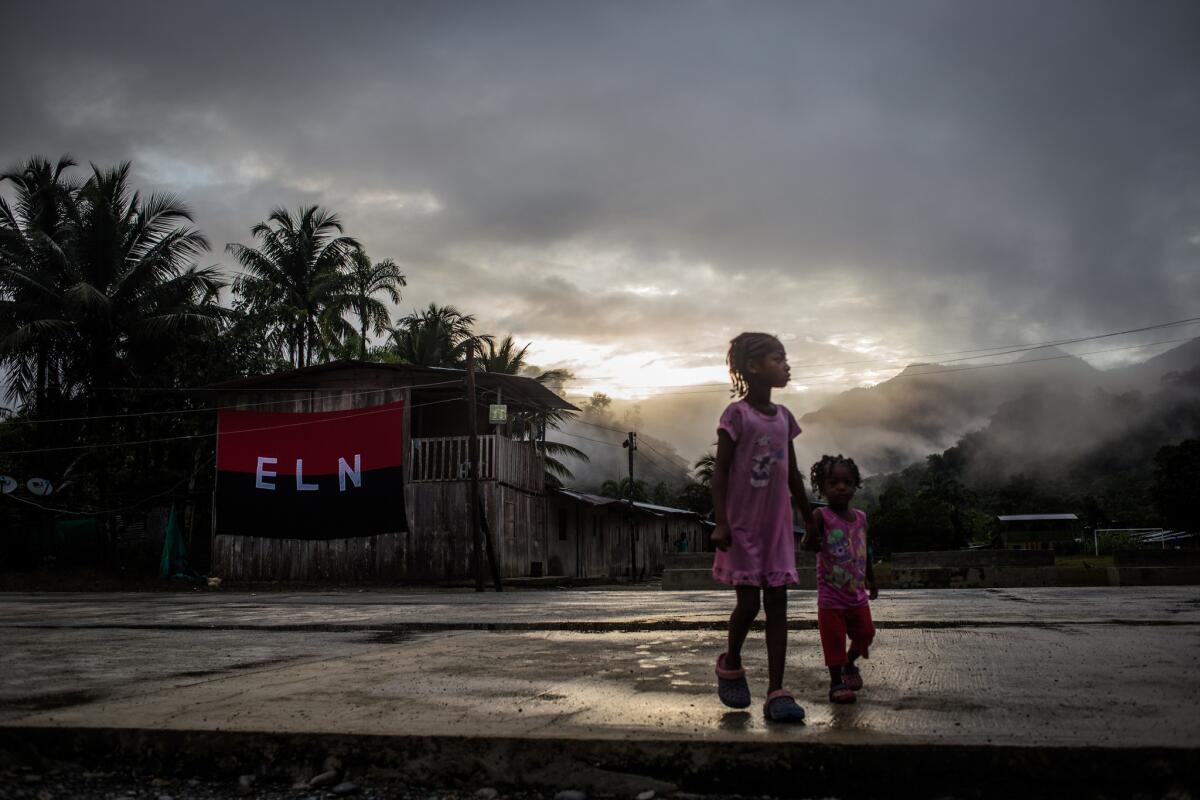
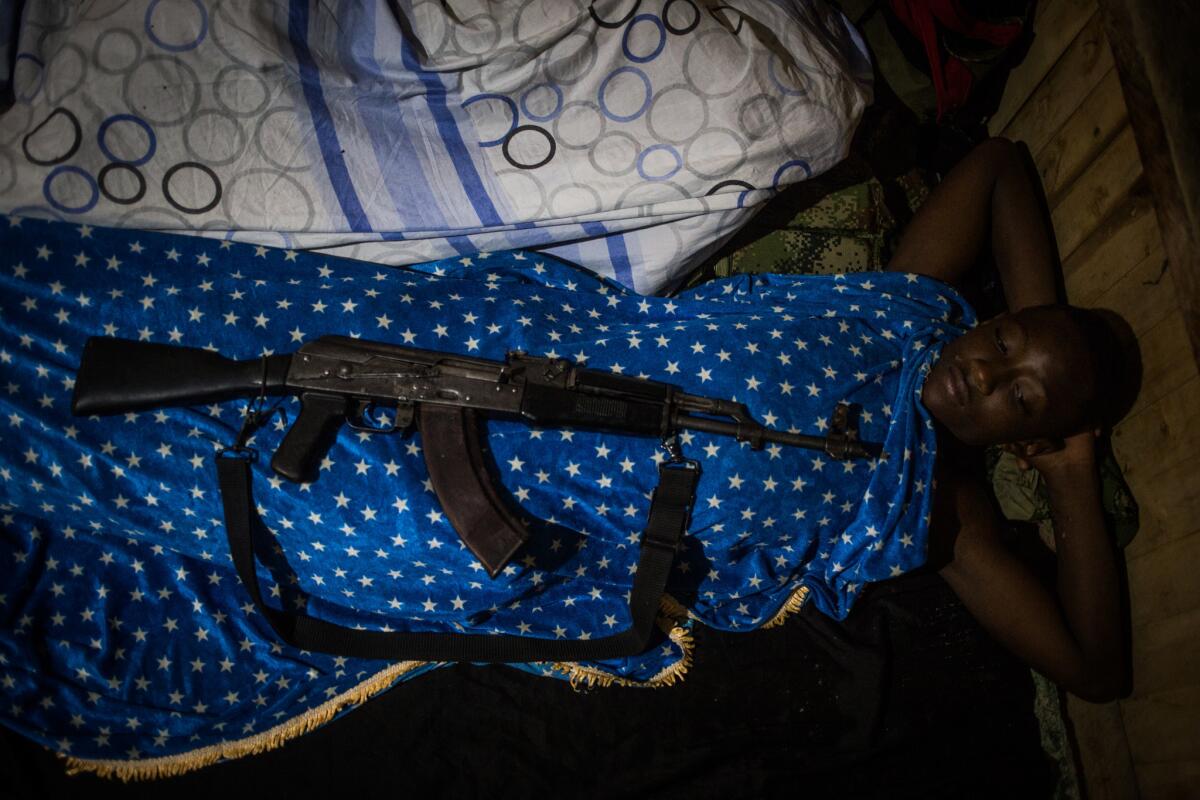

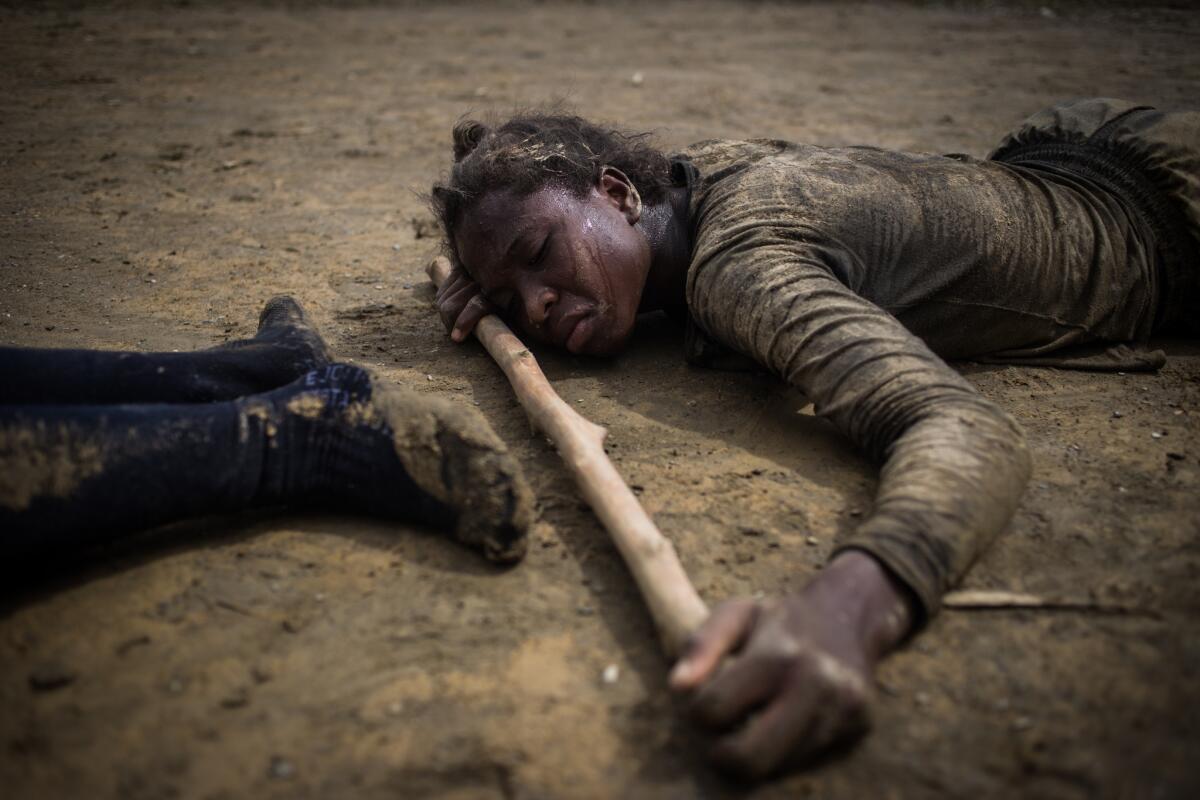


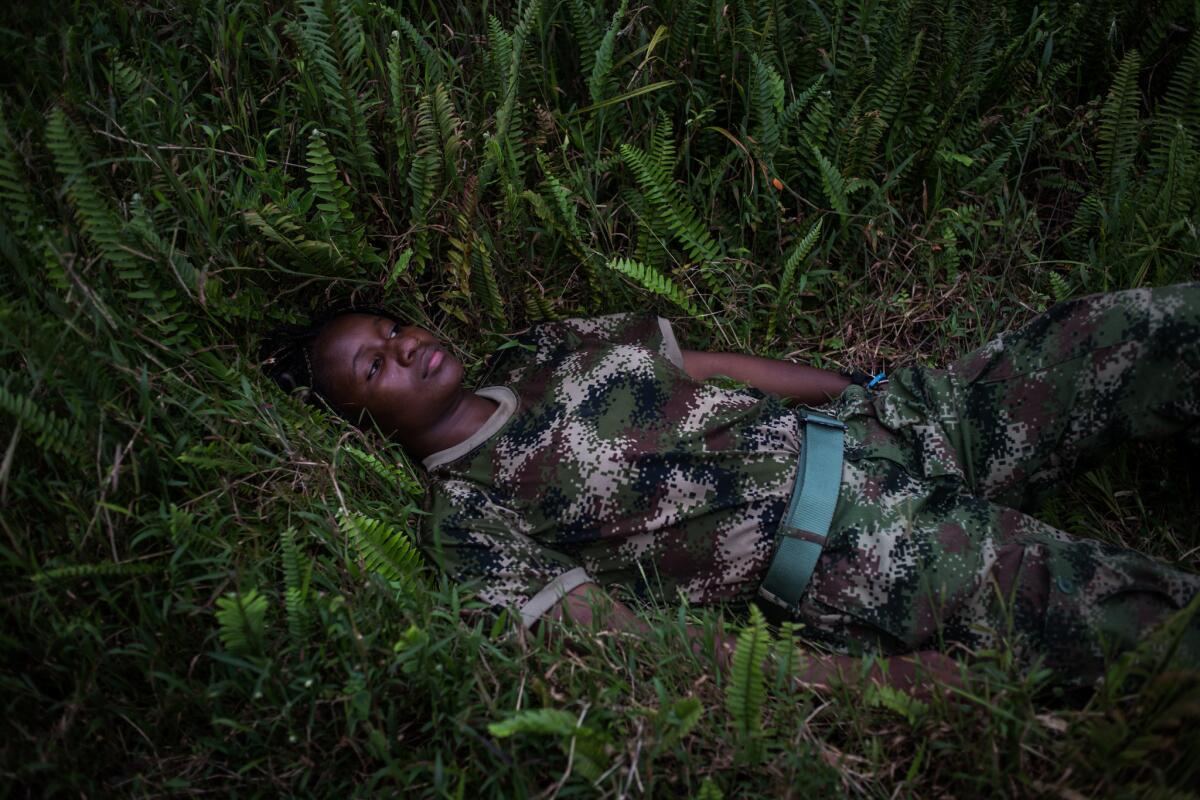
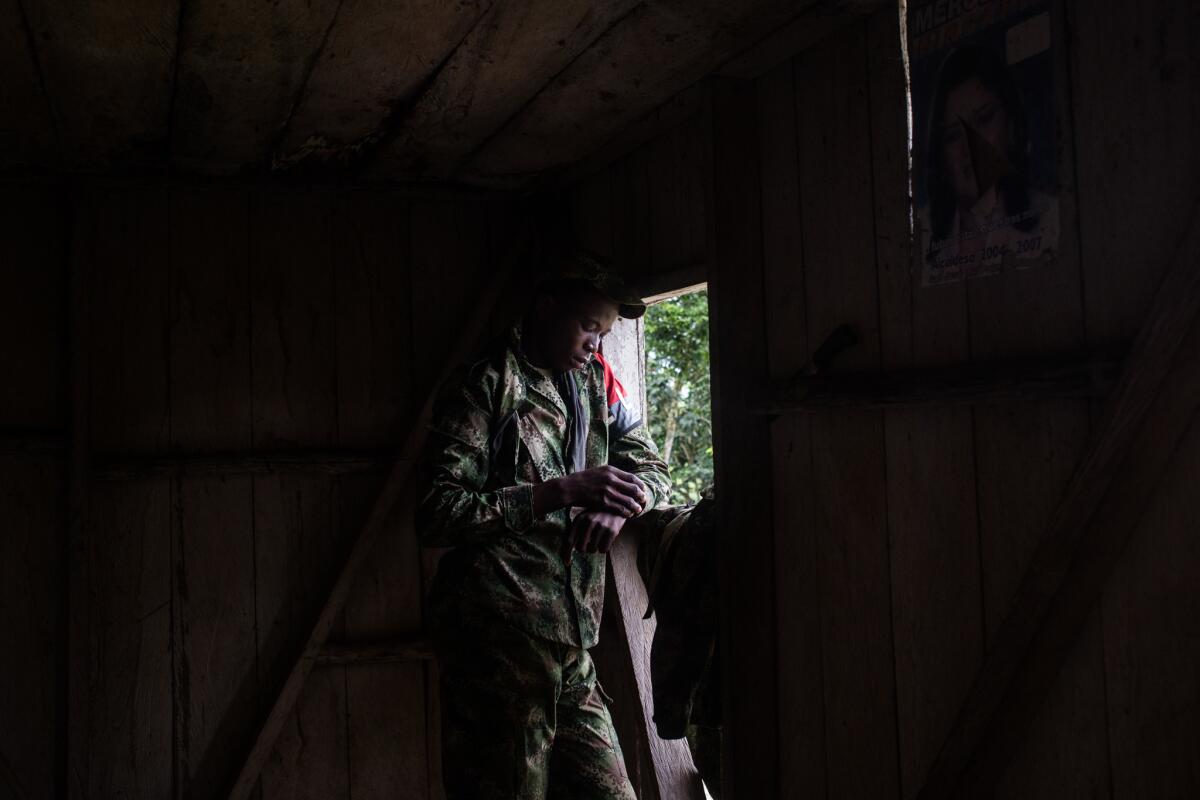
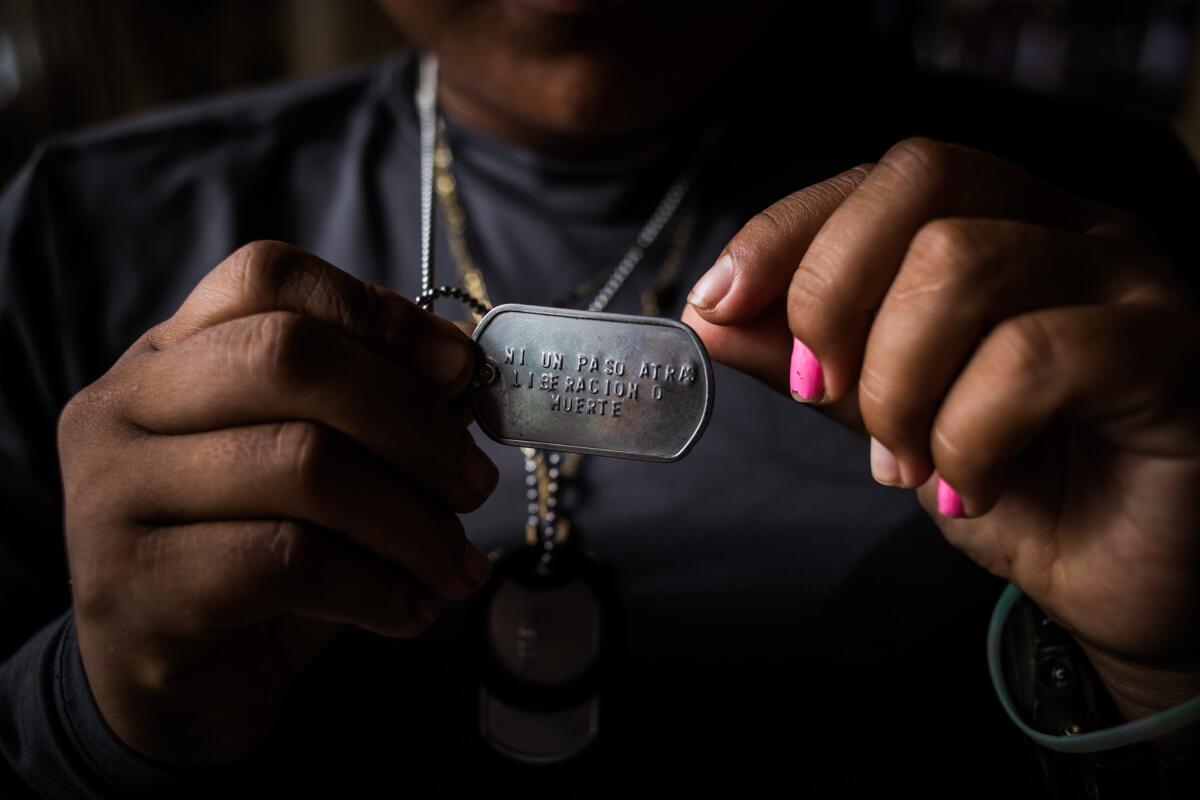


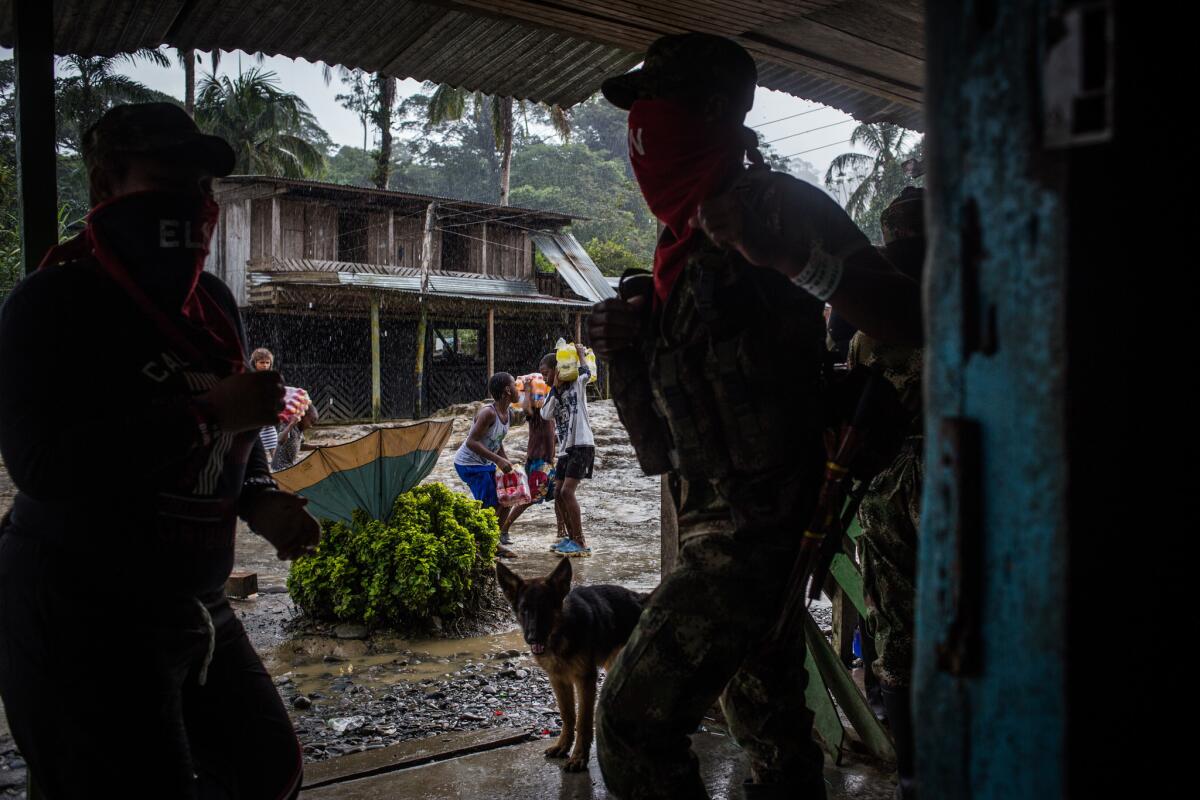


Sign up for Essential California
The most important California stories and recommendations in your inbox every morning.
You may occasionally receive promotional content from the Los Angeles Times.







